The 1990s were a decade in which many new dwarf cichlid species were discovered and scientifically described. This was made possible by the combination of good travel opportunities and tolerant export policies, the emerging Internet and the resulting considerably simplified global communication. Apistogramma noberti, a species from Peru that was scientifically described in 1991, was also discovered in this way.
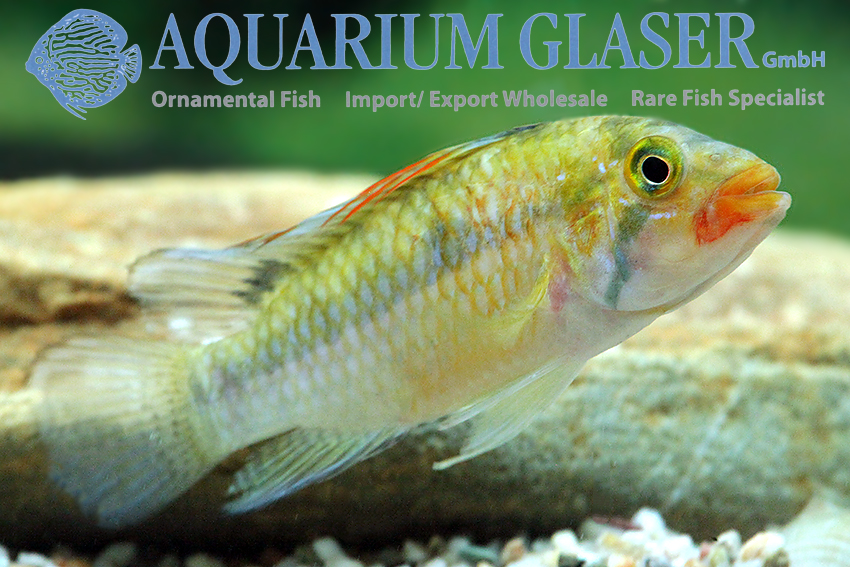
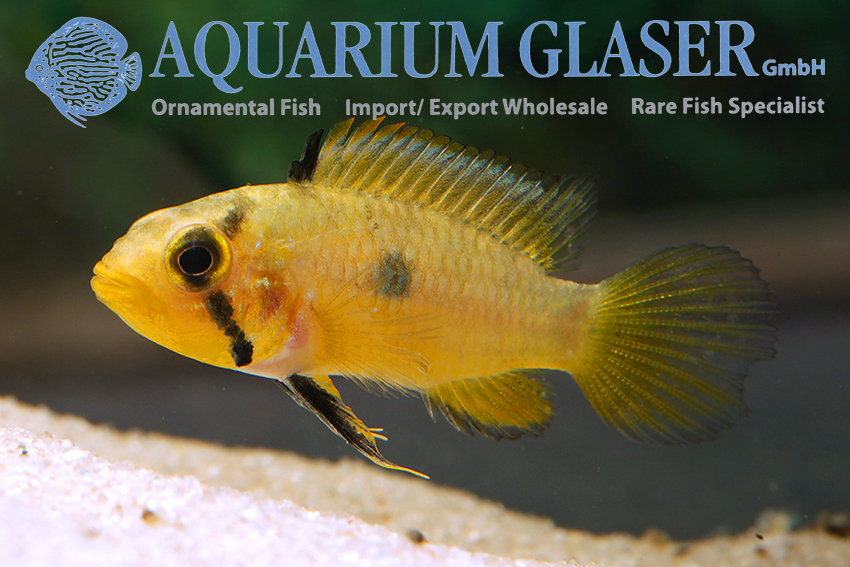
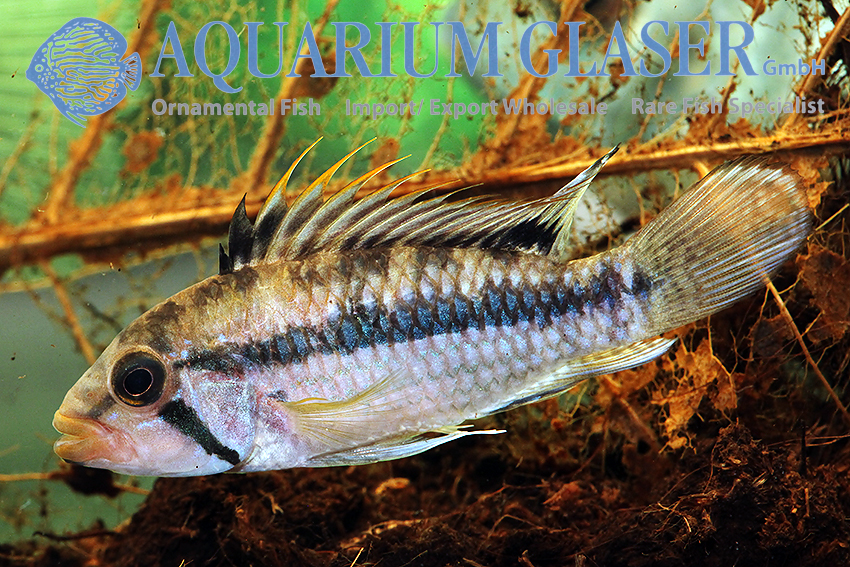
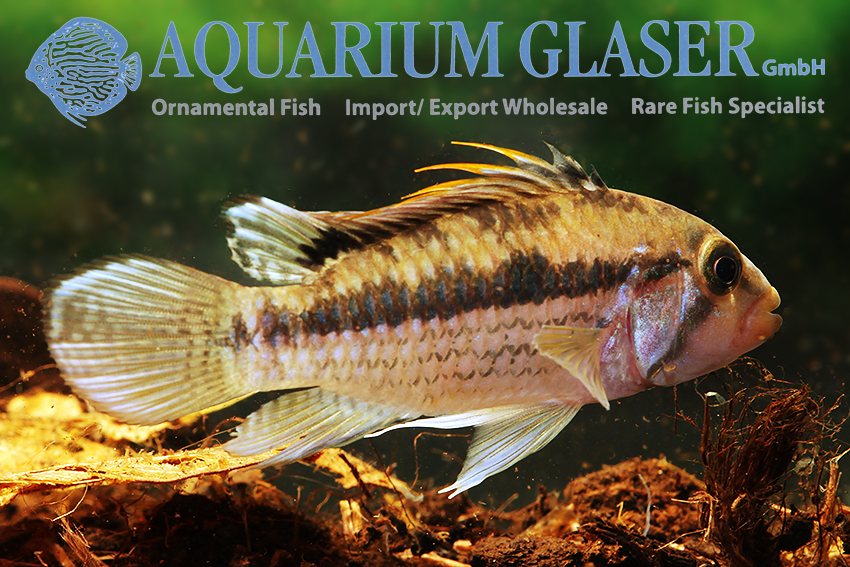
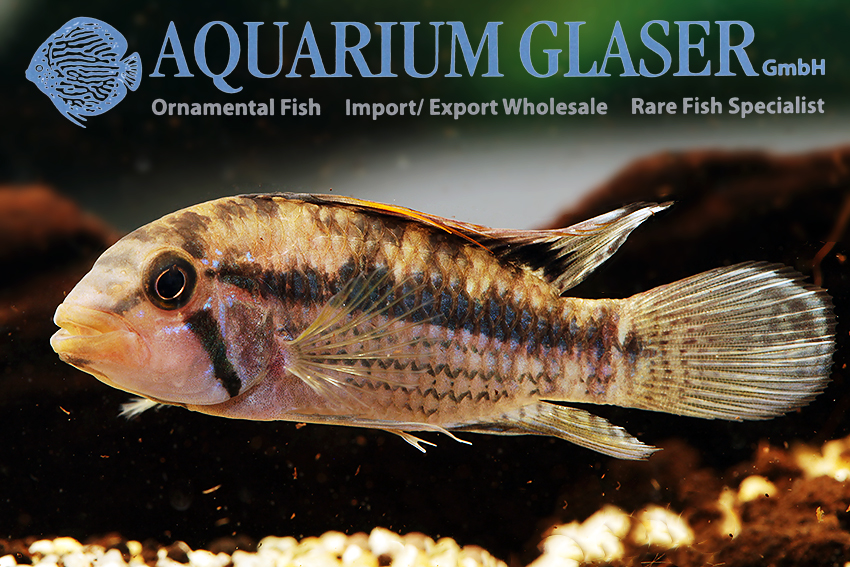
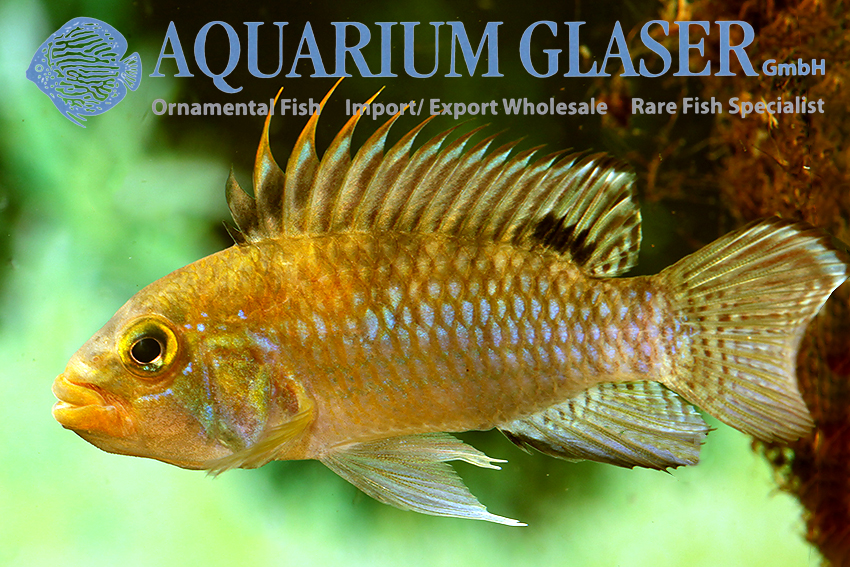
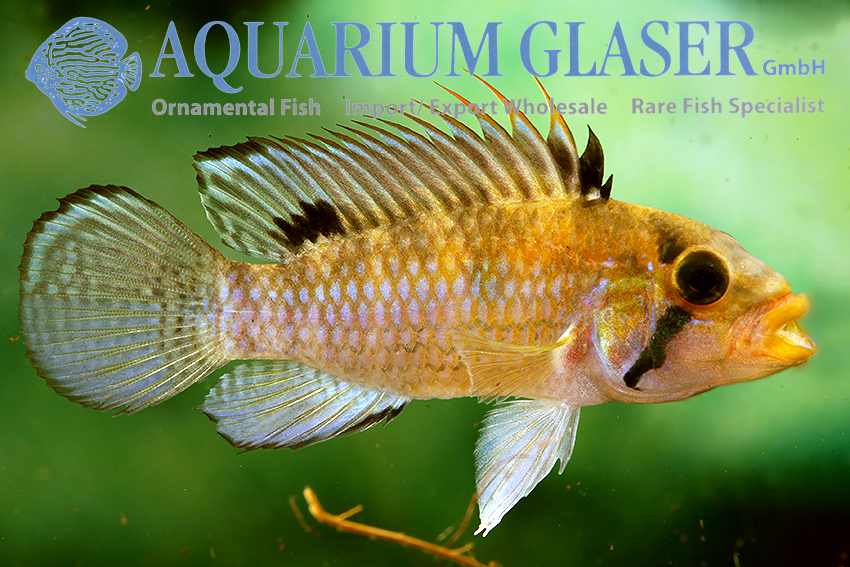
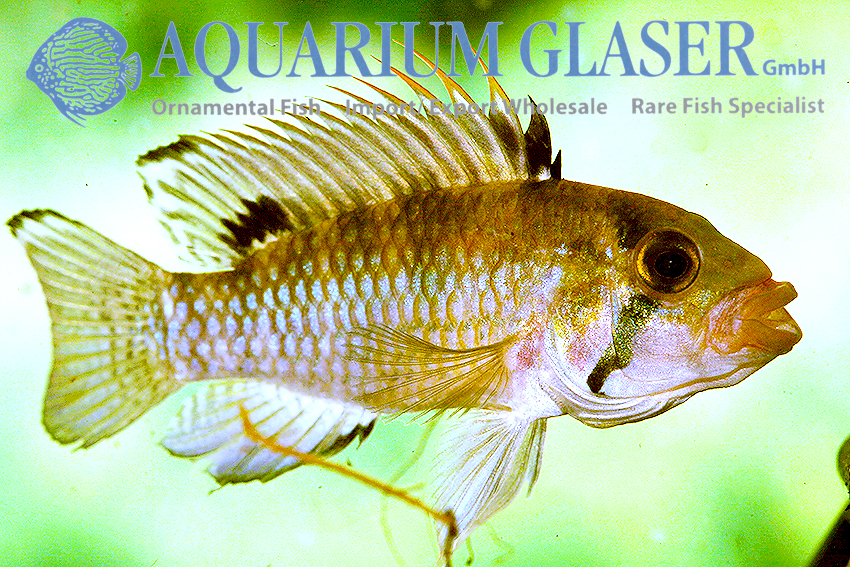
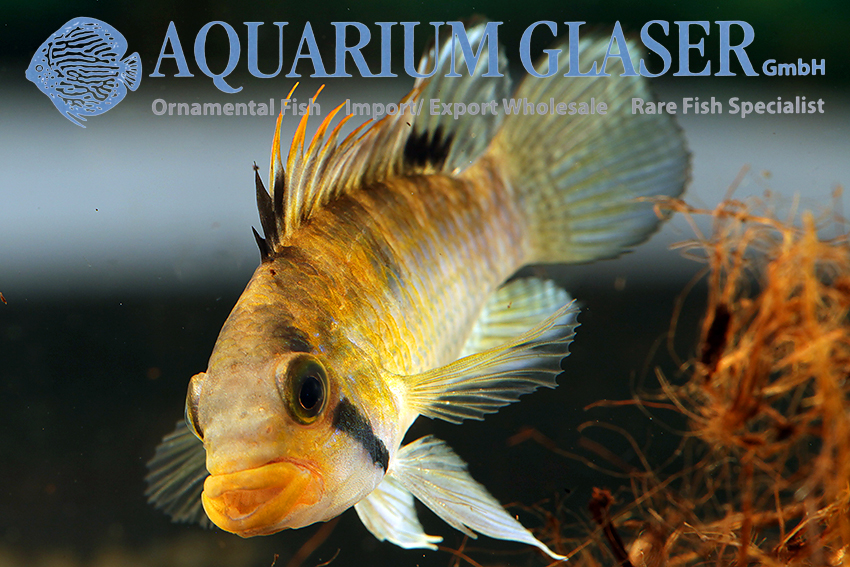
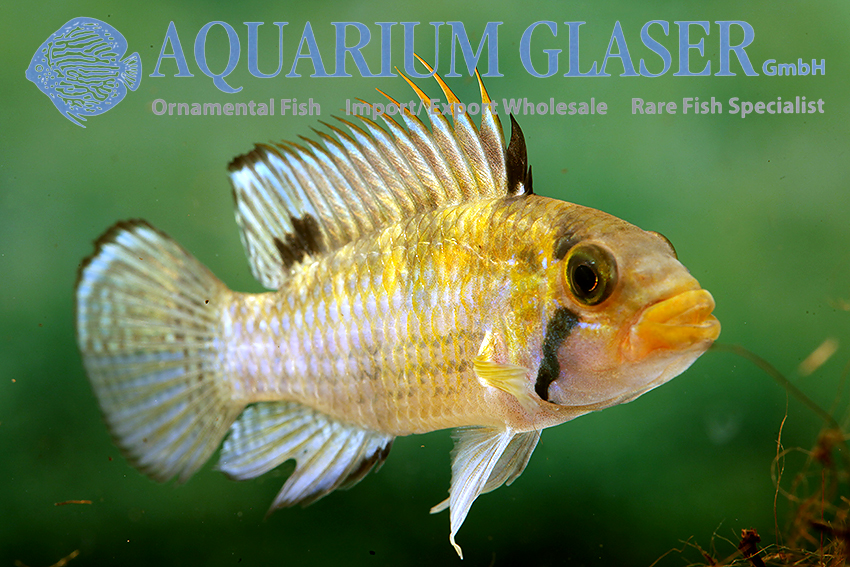
This beautiful species with mostly blue basic coloration is a typical representative of the cockatoo group (Apistogramma cacatuoides complex). A. noberti is reliably distinguished from the other species in this group by a black spot in the soft part of the dorsal fin and a rounded caudal fin. This combination of markings does not occur in any other Apistogramma male.
Since A. noberti was found by traveling aquarists and scientists, there is a detailed description of the location where it was found, a left-sided tributary of the Quebrada Nuevo Horizonte, which belongs to the drainage of the lower Rio Tahuayo. In the wild, this species inhabits a 1-2 m wide forest stream.It was collected during the dry season, when there was little water in the stream bed.The ground was covered with fallen leaves and dead wood and the Apistogramma hid among the leaves. At the time of measurement (11 a.m.), the water was clear, yellowish, 24°C, had a conductivity of 10 microsiemens, a KH of 2° dH and a pH of 5.9. The most important measurement is certainly the temperature, because in the rainy season, when the stream has a lot of water, it is certainly much cooler.
A. noberti is often shy in the aquarium at first, but this will change after acclimatization.Like all Apistogramma species, it should be kept on a sandy substrate. Apart from that, all the usual conditions that you should normally provide for these rightly very popular fish in the aquarium apply.
For our customers: the fish have code 625203 on our stock list. Please note that we only supply the wholesale trade.
Text & photos: Frank Schäfer




